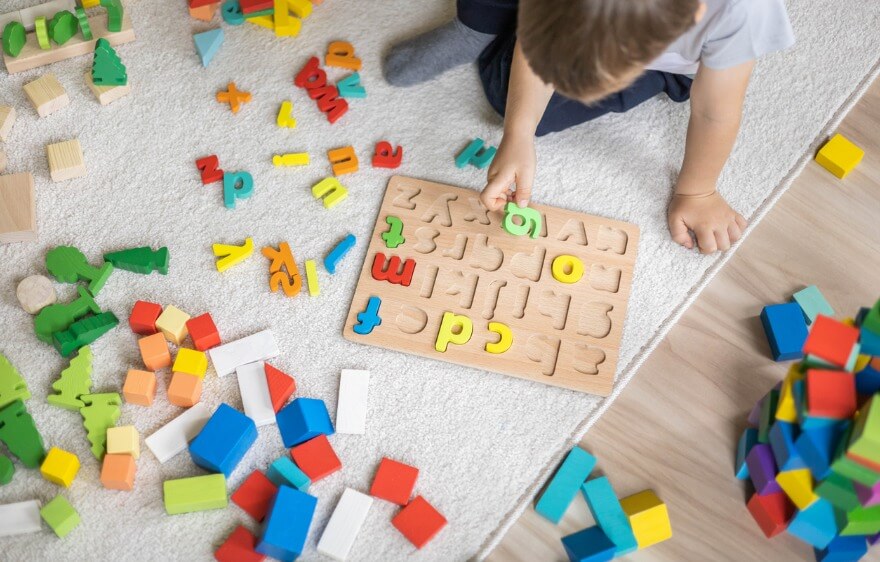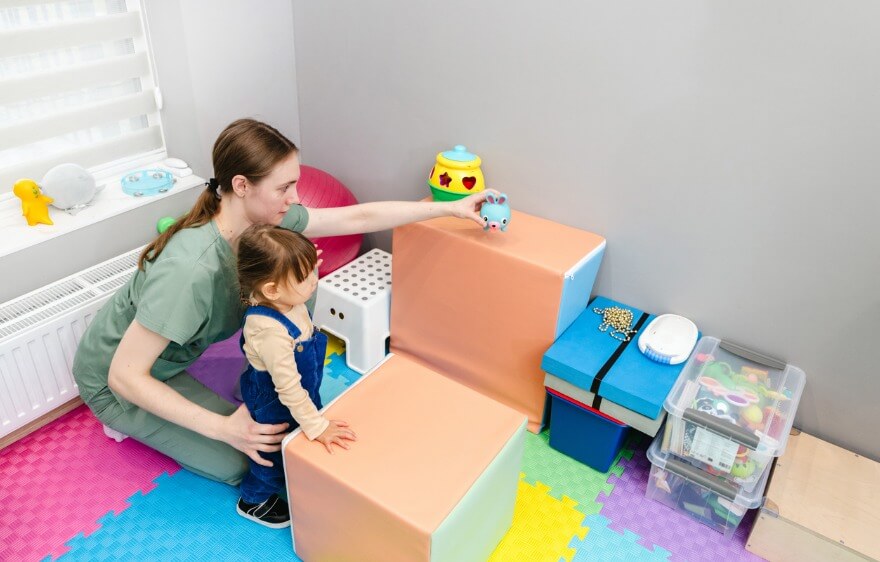For adolescents exploring conceptual vocabulary – holiday-themed or academic – consider using what AdLit calls Four-Fold Concept Development.
This activity is a strategy to build depth of understanding and build connections that will help students use and remember new concepts. It can be completed on a worksheet, poster, or whiteboard, depending on the size of your group, but always consists of the following four sequenced steps. Let’s look at an example for the word stress.
Step 1. List
Brainstorm a bunch (15–20?) of synonyms, like:
- Pressure
- Tension
- Anxiety
- Worry
- Trouble
- Emphasis
- Accent
- Weight
- Importance
- Strain
Step 2. Rank
Choose the best three words to clarify the word stress, such as:
- Worry
- Pressure
- Anxiety
Step 3. Compare
Create an analogy. “(Target word) is like (more concrete word) because both…”
Example: Stress is like pressure because both feel like something is pressing down on you, both feel unpleasant, like something you want to get away from but you’re always thinking about, and both feel like you’re being squashed.
Step 4. Illustrate
Draw a visual representation of the analogy, such as a picture of a student being crushed by all her homework and the calendar with all the dates of coming exams.
Can you imagine using this with vocabulary concepts like “politics”, “plagiarism”, or “polygram”?
SLPAs and paraprofessionals should always operate within the scope defined by state and national licensing organizations and should only conduct allowable tasks under the supervision of a speech-language pathologist.





